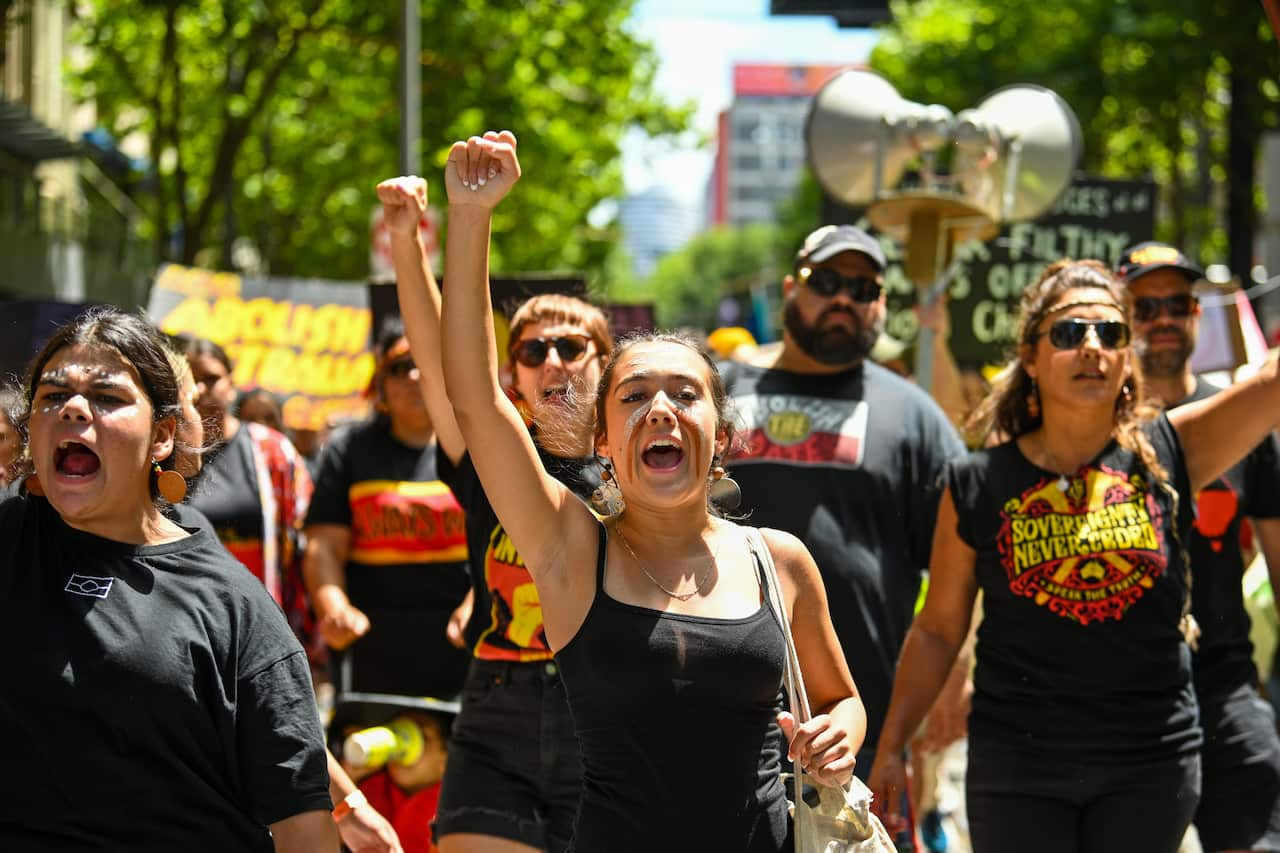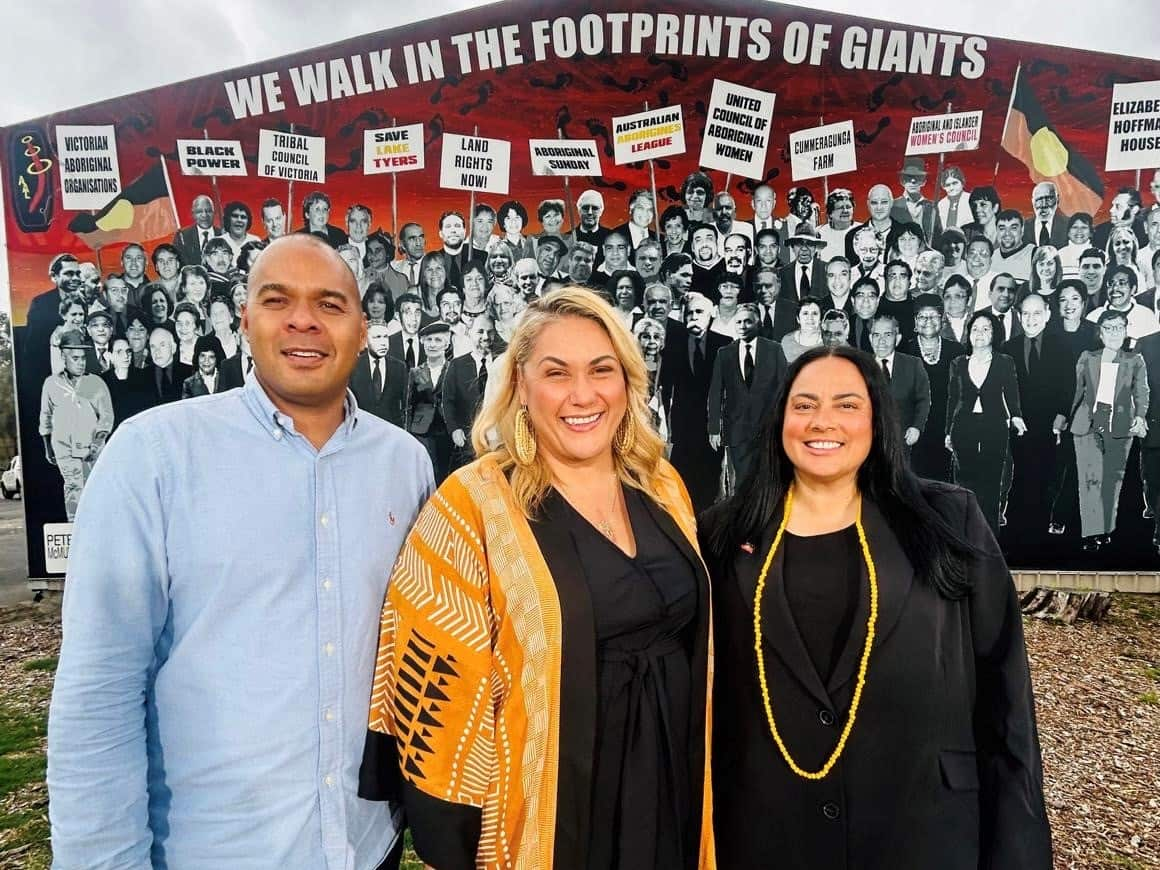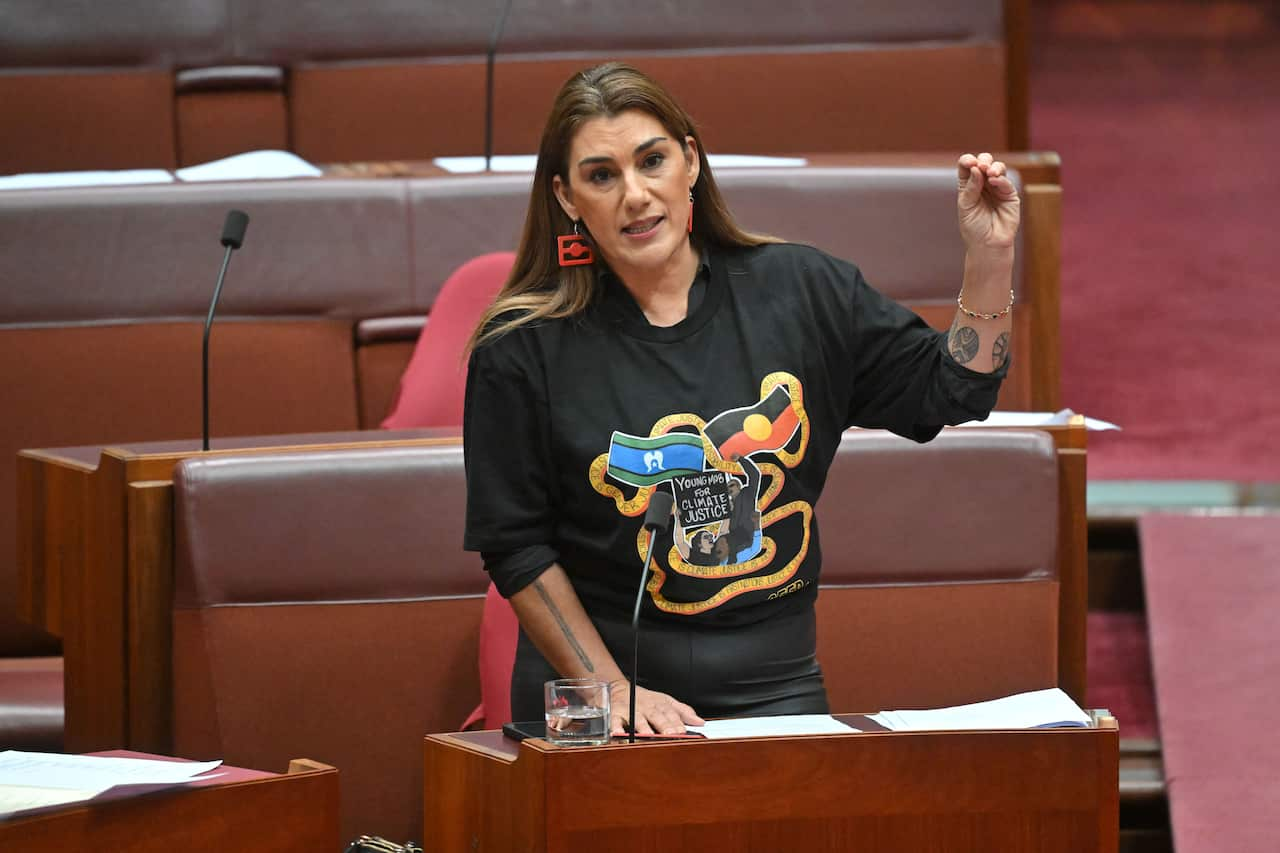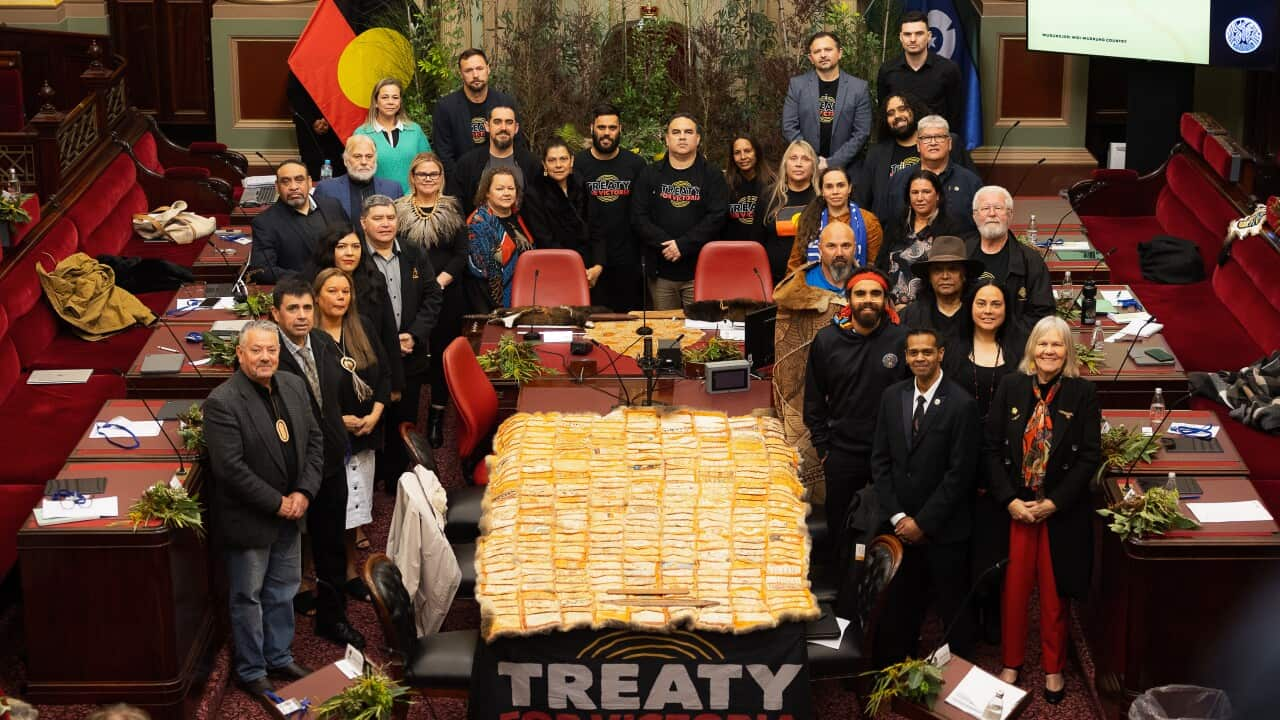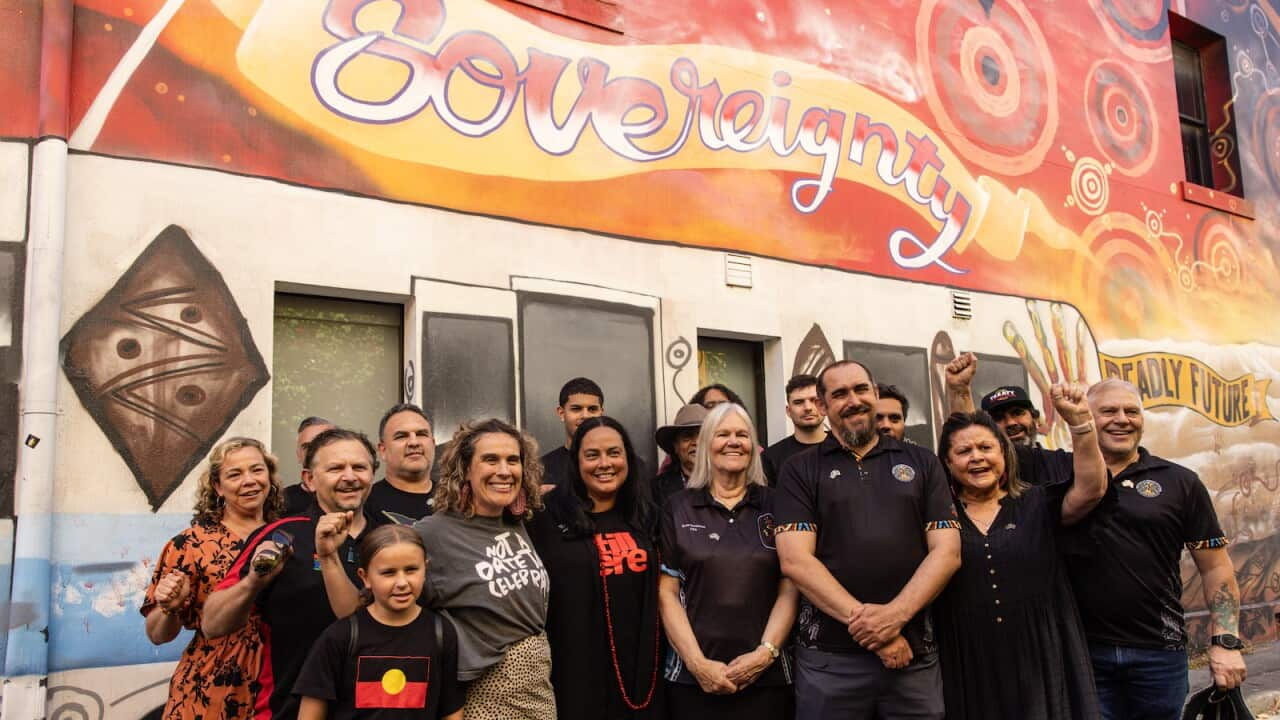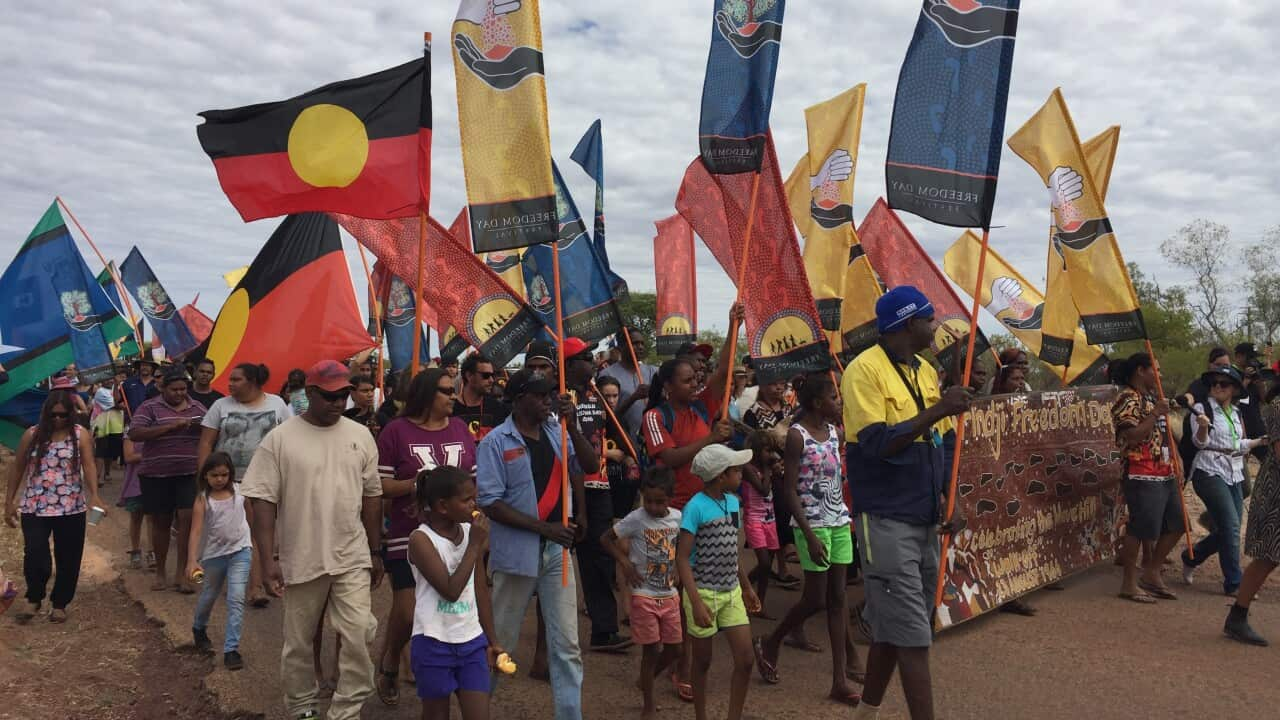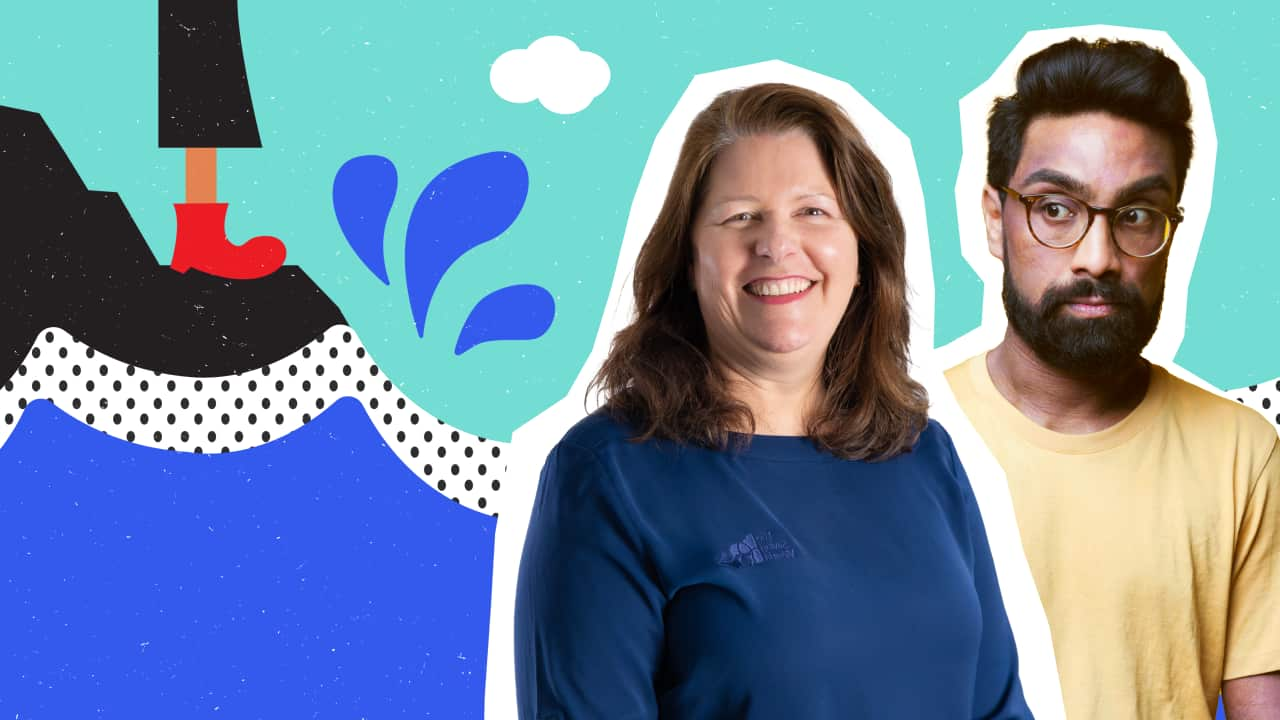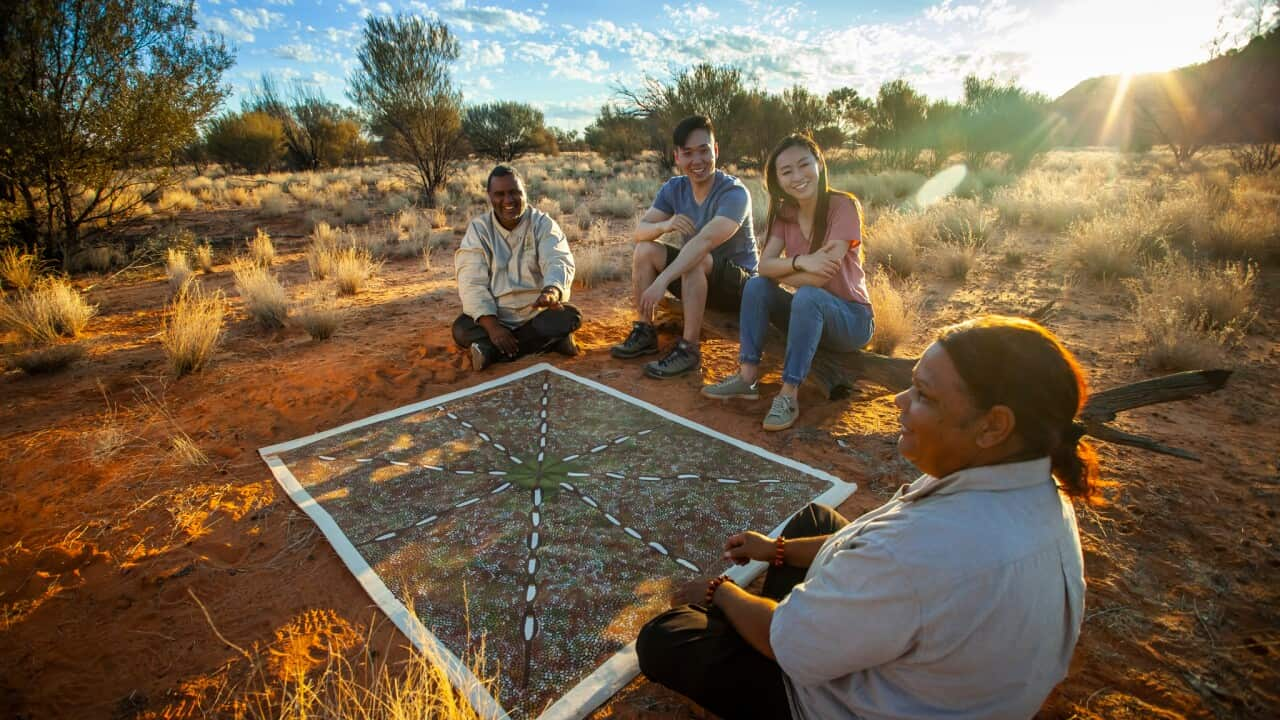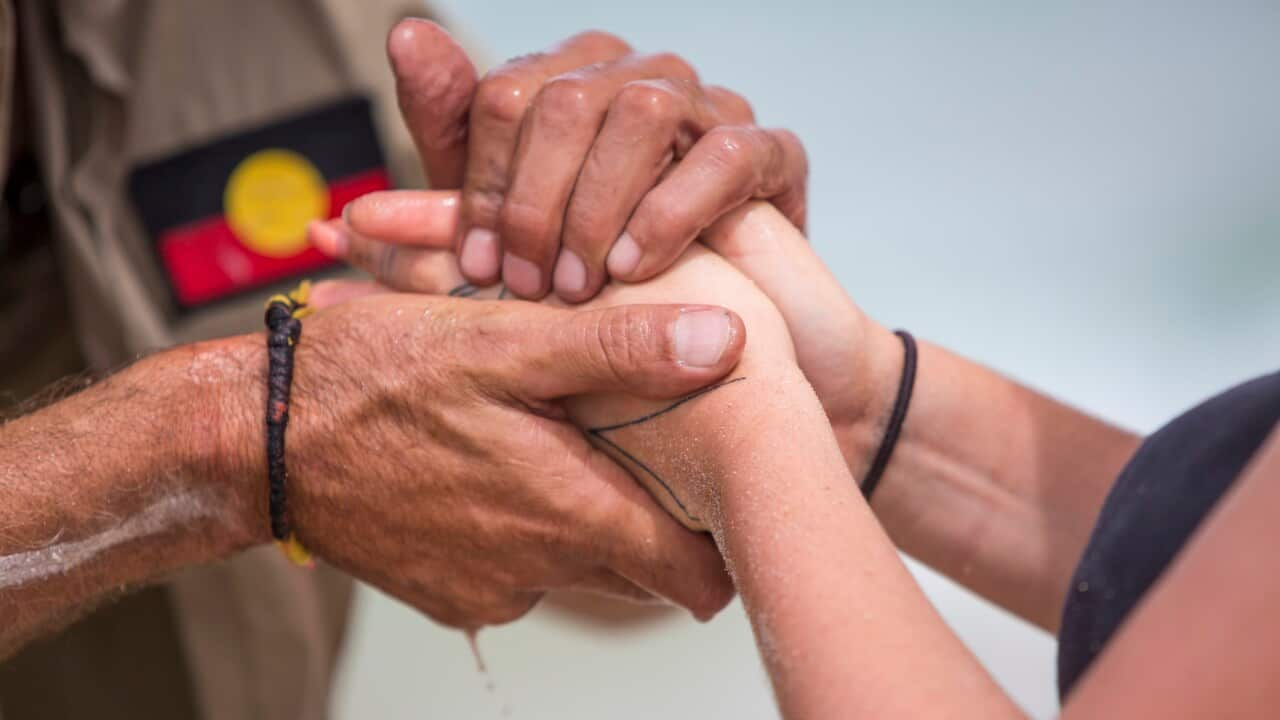Key Points
- A treaty is a formal agreement between governments and Aboriginal and Torres Strait Islander peoples
- Many First Nations people see treaty as a step toward justice, respect, and better relationships in the future.
- A national treaty would create a single, country-wide agreement for recognising Aboriginal and Torres Strait Islander rights across Australia.
A treaty is a formal agreement between governments and Aboriginal and Torres Strait Islander peoples. A treaty would set out how they can work together, recognise First Nations rights and history, and create a plan for the future.
Understanding treaty is a powerful way to connect with Australia’s story. It’s not just about laws and politics, but about respect, truth, and building a more just society for everyone who calls this country home.
What is the difference between Aboriginal land rights, native title and treaty?
Although often discussed together, these terms mean different things:
- Land rights: Laws created by governments that return certain areas of Crown land to Aboriginal and Torres Strait Islander peoples, usually managed by land councils.
- Native title: Legal recognition that some First Nations people still hold rights to their land and waters under their traditional laws and customs.
- Treaty: A formal agreement between governments and First Nations peoples.
Together, these approaches aim to deliver justice, recognition, and self-determination for First Nations peoples.
Protesters march from Parliament House to Flinders Street Station during the Treaty Before Voice Invasion Day Protest on January 26, 2023, in Melbourne, Australia. (Photo by Alexi J. Rosenfeld/Getty Images) Credit: Alexi J. Rosenfeld/Getty Images
What does a treaty mean in Australia?
A treaty is a legally binding agreement between two groups. In countries like New Zealand, governments and Maori signed the Treaty of Waitangi. In Canada, there are many treaties with First Nations peoples.
Unlike other countries, Australia did not make a national treaty with its First Nations peoples at the time of British colonisation. When the British first settled on Aboriginal land, they declared it ‘terra nullius’, meaning land belonging to no one. So, they did not see the need for negotiating with Aboriginal nations. Because there was never a treaty, there has never been a broad agreement about sharing the land, resources, or decision-making power - a gap many see as unfinished business.
For many First Nations people, this “unfinished business” is why treaty remains such a big topic of conversation today.
Treaty talks here are about recognising that history, upholding rights, and making sure First Nations communities have a real voice in decisions. Legal expert Dr Harry Hobbs puts it:
“Ideally, treaties would be negotiated between Aboriginal and Torres Strait Islander communities on one side, and state and federal governments, that’s because the Australian constitution divides powers between the federal parliament and state parliaments.”
Aboriginal and Torres Strait Islander peoples want to ensure a shared future, strengthening success for everyone and acknowledging and celebrating First Nations culture of today's Australia. Ultimately treaty in Australia means talking honestly about what happened in the past, and setting a new direction for the future.
(from left to right) Former Queensland Truth-Telling and Healing Inquiry chairperson Joshua Creamer, NSW Treaty Commissioner Naomi Moran and co-chair of the First Peoples' Assembly of Victoria Ngarra Murray. Credit: NITV / The Point
Why does a treaty matter?
Many First Nations people see treaty as a step toward justice, respect, and better relationships in the future.
Reuben Berg, a Gunditjmara man and leader in Victoria’s treaty processes, says, "I think treaty's so key, it's about resetting the relationship between First peoples and the government, whether that's at a state-wide level or a commonwealth level."
Treaty matters because it can:
- Recognise Aboriginal and Torres Strait Islander peoples as the First Peoples of Australia.
- Enable truth-telling about Australia’s history.
- Build real partnerships on issues such as land, health, education, economic development and culture.
Wirdi man and Barrister Tony McAvoy puts it, "when we are able to control our own lives, and make decisions for ourselves and provide services for ourselves, we are at our healthiest and strongest, and most spiritually well and culturally. If you accept that that's one of the consequences of the treaty, that's got to be good for the rest of the country."
What might a treaty include?
Treaties can take many forms and cover a range of issues, they may include:
- Recognising sovereignty and the right of First Nations peoples to make decisions about their communities.
- Agreements about the use, management, and protection of land, water and resources.
- Commitments to revitalise and protect languages, cultural sites and traditions.
- Funding and support for health, education, housing and other programs.
Gunnai, Gunditjmara and Djab Wurring woman and Senator for Victoria, Lidia Thorpe, believes that local communities should take the lead in the process.
I think that we need to have clans and nations represented at the local government level. It is those local communities where we can make real change.
Senator Lidia Thorpe
Independent Senator Lidia Thorpe during Question Time in the Senate chamber at Parliament House in Canberra. Source: AAP / MICK TSIKAS/AAPIMAGE
What’s next for treaty in Australia?
Across Australia, treaty progress is moving at different speeds. Some states, such as Victoria and Queensland, have begun steps towards their own treaties, while others, like New South Wales, are currently in consultations about what a treaty could look like for them. Each process is guided by local needs and might look different across the country.
Right now, Victoria is leading the nation. In September 2025, the Victorian Government and the First People’s Assembly of Victoria reached an in-principle agreement on Australia’s first full statewide treaty, the result of years of negotiation and community consultation. Victoria’s treaty process is widely recognised as a leading example for the rest of Australia.
It's important to know that a national treaty and state-based treaties are different.
A national treaty would create a single, country-wide agreement for recognising Aboriginal and Torres Strait Islander rights across Australia. State and territory treaties are tailored to each area, focusing on local priorities and needs. Many advocates believe both a national and state-based treaties are needed, working together to drive real change.
Treaty is not just a First Nations issue, it’s about recognition, respect, and fairness for everyone. Having a treaty helps build a future where every voice and experience is valued.
The next chapters of treaty will continue to be written by local communities, governments, and all those who want to share in the future of Australia. Understanding the treaty process is a way for everyone to connect more deeply to this country’s history and to help shape a fairer future together.
This episode contains excerpts from the TV program: Living Black – The Case for a Treaty which was first aired in July 2025. You can watch the full episode on SBS On Demand.
Subscribe to or follow the Australia Explained podcast for more valuable information and tips about settling into your new life in Australia.
Do you have any questions or topic ideas? Send us an email to australiaexplained@sbs.com.au
